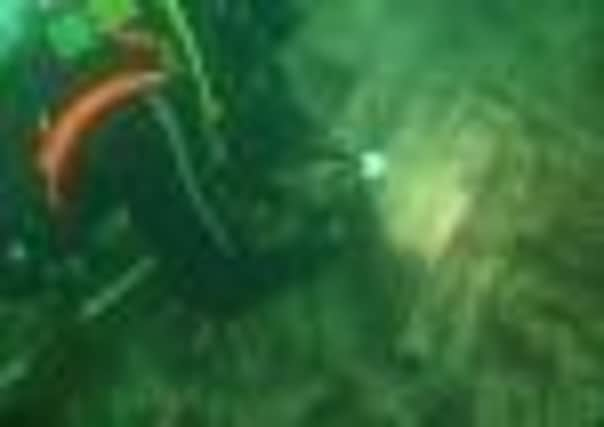Doggerland: The real Atlantis, just off Scotland


The lost world of Doggerland, which vanished beneath the rising waters following last Ice Age – separating Britain from the rest of Europe – has been recreated in 3D for the first time by Scottish scientists.
The images of the now hidden underwater Mesolithic world – together with artefacts of its dramatic past dredged from the sea bed – will be unveiled at the annual Royal Society Summer Science Exhibition in London.
Advertisement
Hide AdAdvertisement
Hide AdThe exhibition has been organised by Dr Richard Bates, a geophysicist at the department of earth sciences at St Andrews University and is the result of 15 years of painstaking research involving experts at St Andrews and the universities of Aberdeen, Birmingham, Dundee and Wales Trinity St David.


Once the heartland of Stone Age Europe, the submerged landscape of Doggerland has been recreated with the aid of geophysical surveys undertaken by North Sea oil companies. They have helped scientists to map the rivers, lakes, hills, coastlines and estuaries once inhabited by the ancient hunter gatherers before the fertile landscape was slowly submerged by rising waters between 18,000 BC and 5,500 BC.
Dr Bates, said: “It has been described as a Stone Age Atlantis – a starry-eyed image of a drowned lost kingdom. But it was certainly a land that would have been heavily populated and it has been lost. It is a lost world that was probably completely covered by the sea between 8,000 and 10,000 years ago when island Britain was formed.
“The people who used this lost landscape were hunter gatherers, and North Sea fishermen are still dredging up artefacts from Doggerland – mammoth teeth, antlers, some which have been worked – and the tools that the humans used, including harpoons and axes and pieces of flint.
“At the exhibition, we have some of the genuine artefacts, including animal teeth and bones, and full-sized replicas of the hunting harpoons, spears, fish prongs and fire-starting kits, which the public will be able to handle.”
He continued: “Doggerland was the real heartland of Europe until sea levels rose to give us the UK coastline of today. We have speculated for years on the lost land’s existence from bones dredged by fishermen all over the North Sea, but it’s only since working with oil companies in the last few years that we have been able to recreate what this lost land looked like.”
He added that the latest research now suggested that the submerged landscape would have been populated by tens of thousands of people across a vast plain stretching from what is now Aberdeen to Denmark in the North and down to the English Channel, as far as the Channel Islands, to the South.
Advertisement
Hide AdAdvertisement
Hide AdThe findings suggest a picture of a land with hills and valleys, large swamps and lakes with major rivers dissecting a convoluted coastline. As the sea rose, the hills would have become an isolated archipelago of low islands.
Dr Bates revealed that researchers were investigating evidence of possible human burial sites, intriguing standing stones and a mass mammoth grave on what is now the sea bed of the North Sea.